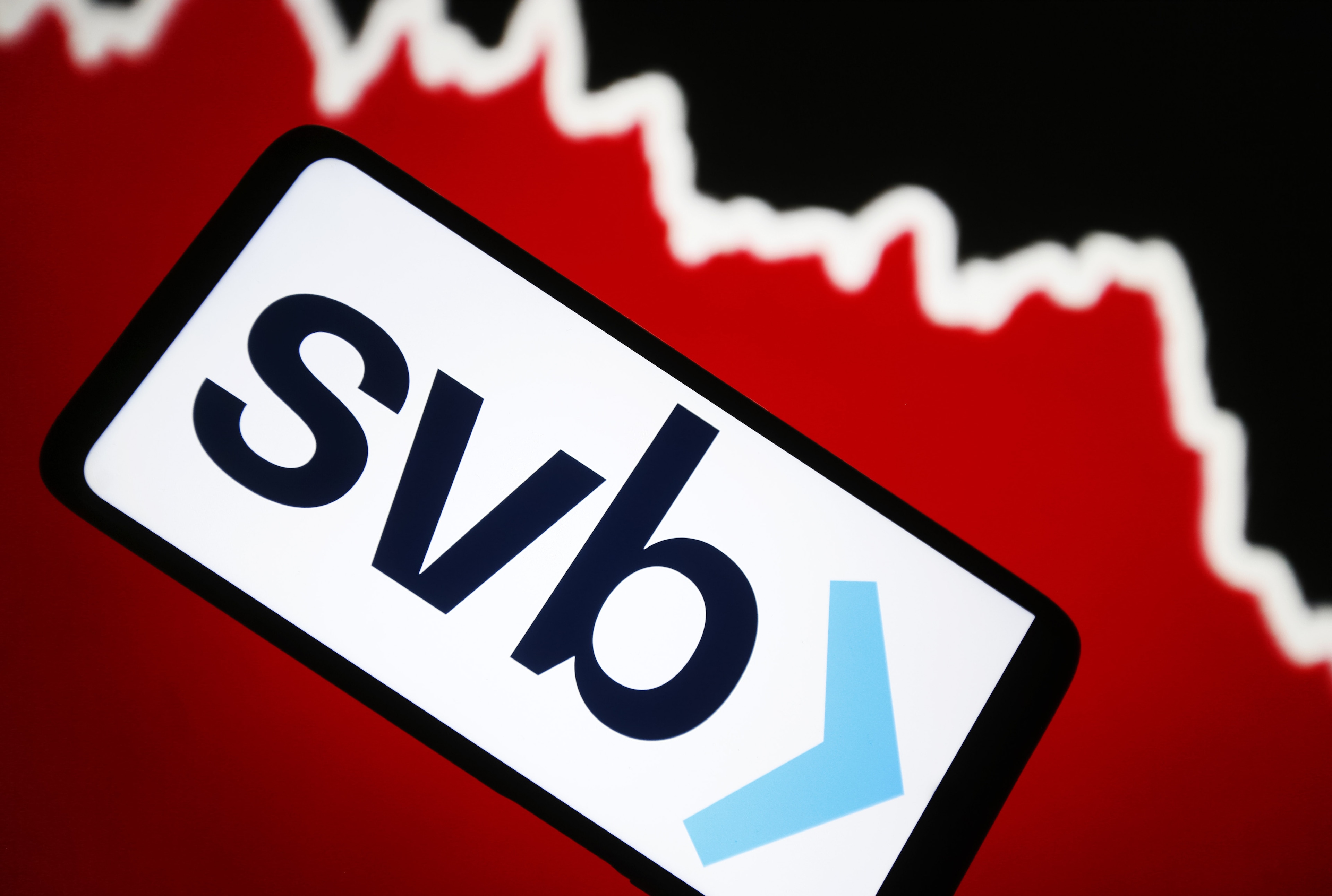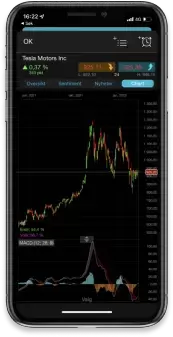The Silicon Valley Bank (SVB) rout has rippled through global markets since last Friday, causing a sharp sell-off in banking stocks. It is also the largest US banking failure since the global financial crisis in 2008, sparking enough concern for the US Treasury to step in to protect depositors.
When and how did this happen?
The venture capital-focused bank, Silicon Valley Bank unveiled plans to raise $2.25 billion to shore up its balance sheet as the bank has been forced to sell its $21 billion bond portfolio on a loss of $1.8 billion due to aggressive rate hikes by the US Fed.
The SVB, founded in 1983, is a lender specialising in tech and start-ups, which is the most vulnerable sector to ongoing macro headwinds. By end of Thursday (local time) last week, its customers withdrew $42 billion of deposits following the capital raising announcement.
SVB’s shares plummeted 60% on Friday trading and another 26% drop in after-hours trading. Lateron Friday, the bank was shut down by regulators, and the Federal Deposit Insurance Corp (FDIC) kicked off an auction process for SVB late Saturday. At the time, the FDIC said SVB’s customer will have full access to the insured deposit maximum of $250,000. However, most funds held at the bank are far more than the limit.
Earlier today (Monday across Asia), US banking regulators announced a plan to backstop depositors with money at SVB. The Treasury Department has approved plans to fully protect all depositors with full access to their funds on Monday night (Asian time). The US Fed is also working on a new Bank Term Funding Program aimed at strengthening confidence in the banking system. Treasury Secretary Janet Yellen said these actions are to protect all depositors whose accounts exceed the $250,000 limit for FDIC insurance.
The financial market reaction to the event
The first response of global markets on Friday had all the major indices falling sharply. The three US benchmarks had their worst week in 2023, while the ASX 200 slid for the 6th consecutive week. The US dollar weakened following the news as haven assets, such as the Japanese Yen the Eurodollar, gold, and bonds. The fear gauge, the Volatility Index, spiked from under 20 to almost 30 at the highest before pulling back to just under 25 last week.
Early in the Asian session today, risk sentiment somewhat recovered amid the protection measures taken by both US Treasury Department and the Fed. However, uncertainties still loom amid the unsettled event.
While the US equity futures moved higher, both Australian and New Zealand stock markets fell by the time of publishing. The global bond yields sharply declined, with the Australian 10-year bond yield down 21 basis points to 3.49%, the lowest seen since 6 February. The Japanese 10-year government bond yield fell 11 basis points to 0.39%, the lowest since the BOJ expanded its cap limit to 0.50% in late December.
What's next?
The SVB’s collapse is unlikely from being over for a few reasons: firstly, the US Treasury will have to supply more money to support the deposits for those not insured with the $250,000 cap and this may lead to a Fed policy turnaround if things get fluid.
Secondly, there are other similar small banks as SVB which may face similar issues amid the Fed’s rate hikes. The Signature bank was also shut down by regulators due to the same crisis. Ultimately, SVB’s collapse reflects that venture funds, particularly in tech, are usually the most vulnerable sector at the back of central banks’ rapid rate hikes as it becomes hard for them to manage interest rate risks. Also, this tells that small banks that are not under the regulator’sscrutiny may lack risk management to prepare for the macro changes.
On the flip side, some positive takeaways may be raised by the event. The event is promoting the Fed to be more cautious about its approach regarding the aggressive tightening measures to the monetary policy. Notably, the CME FedWatch Tool shows there might be a pause in rate hikes this month following the banking sector’s rout. This has been dramatically altered from a 50-basis points rate hike before it happened early last week.
Moreover, a drop in the US dollar has boosted commodity markets, including precious metal and oil prices. A dovish turn of the Fed will be a welcome note for the financial markets. Let us watch out for this week’s US CPI and Chinese key economic data to further find clues to the market trajectory.
Disclaimer: CMC Markets is an execution-only service provider. The material (whether or not it states any opinions) is for general information purposes only, and does not take into account your personal circumstances or objectives. Nothing in this material is (or should be considered to be) financial, investment or other advice on which reliance should be placed. No opinion given in the material constitutes a recommendation by CMC Markets or the author that any particular investment, security, transaction or investment strategy is suitable for any specific person. The material has not been prepared in accordance with legal requirements designed to promote the independence of investment research. Although we are not specifically prevented from dealing before providing this material, we do not seek to take advantage of the material prior to its dissemination.







